Bitcoin mining is entering a new era as traditional “shoebox” ASICs face growing competition from hydro-cooled server rack units. Since ASICs emerged in 2013, the shoebox form factor has dominated. But major manufacturers like Bitmain, MicroBT, Bitdeer, and Auradine are shifting toward server-style mining rigs to meet evolving demand.
Auradine’s new AH3880, launched in March 2025, offers 600 TH/s across two server slots, outperforming Bitmain’s U3S21EXPH (860 TH/s over three slots). These designs use hydro-cooling and “direct-to-chip” methods to boost efficiency and reduce operational complexity.
The move toward rack-based form factors reflects the increasing overlap between bitcoin mining and traditional data centers. The standardized server rack approach allows miners to streamline infrastructure, simplify maintenance, and even pivot toward high-performance computing (HPC) or AI applications. Hut 8, which partnered with Bitmain on the U3 model, noted the design aligns with HPC architecture—opening the door for dual-use mining-AI data centers.
While promising, adoption is still limited. Existing mining facilities face compatibility issues with the voltage requirements of some new units, making retrofitting costly. As a result, deployments like Hut 8’s upcoming Vega, Texas site are being built from the ground up with these new designs in mind.
Auradine has confirmed contracts with both private and public miners, with speculation pointing to Marathon Digital (MARA) as a likely adopter, given its $50M investment in the company.
If these pilot deployments prove successful, server rack ASICs could become the future of bitcoin mining—blending crypto infrastructure with mainstream datacenter innovation and potentially reshaping how industrial mining is done.






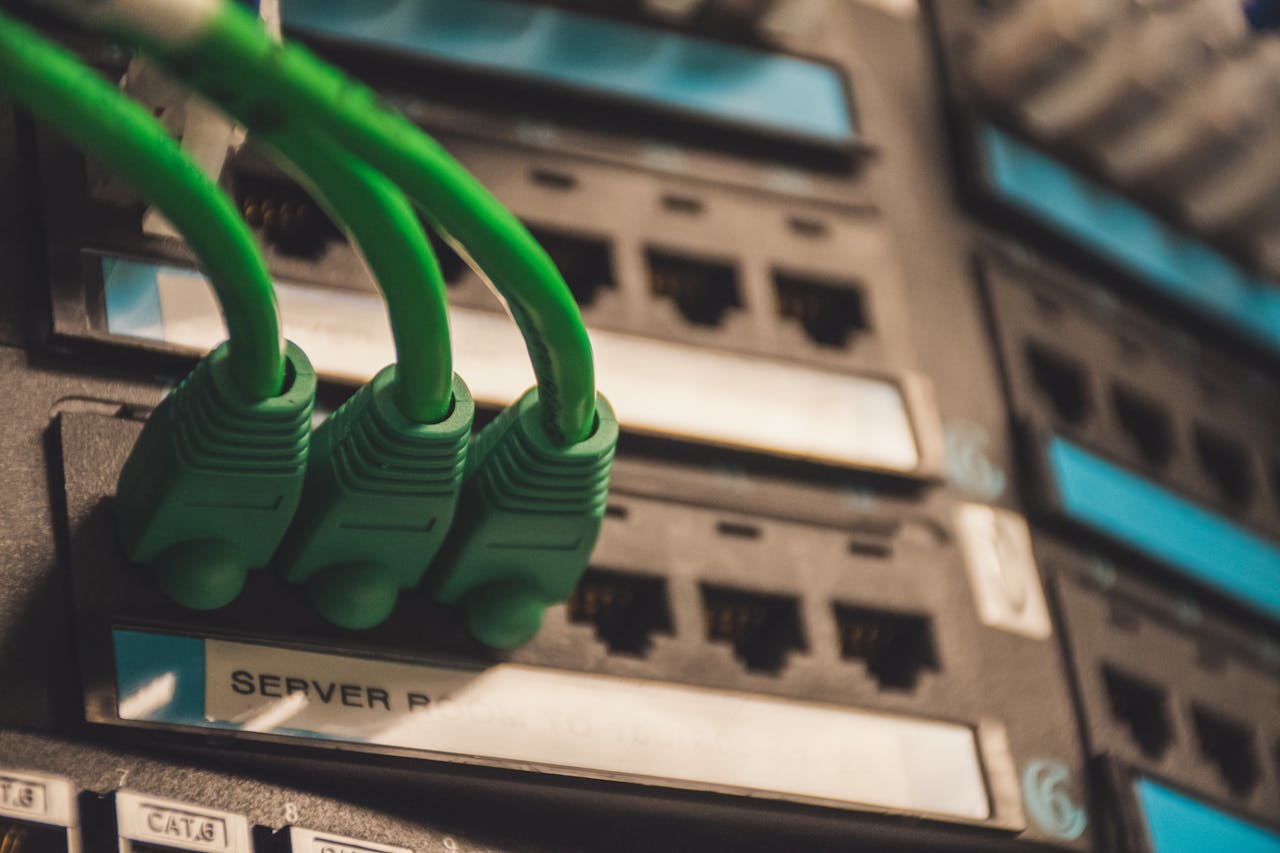
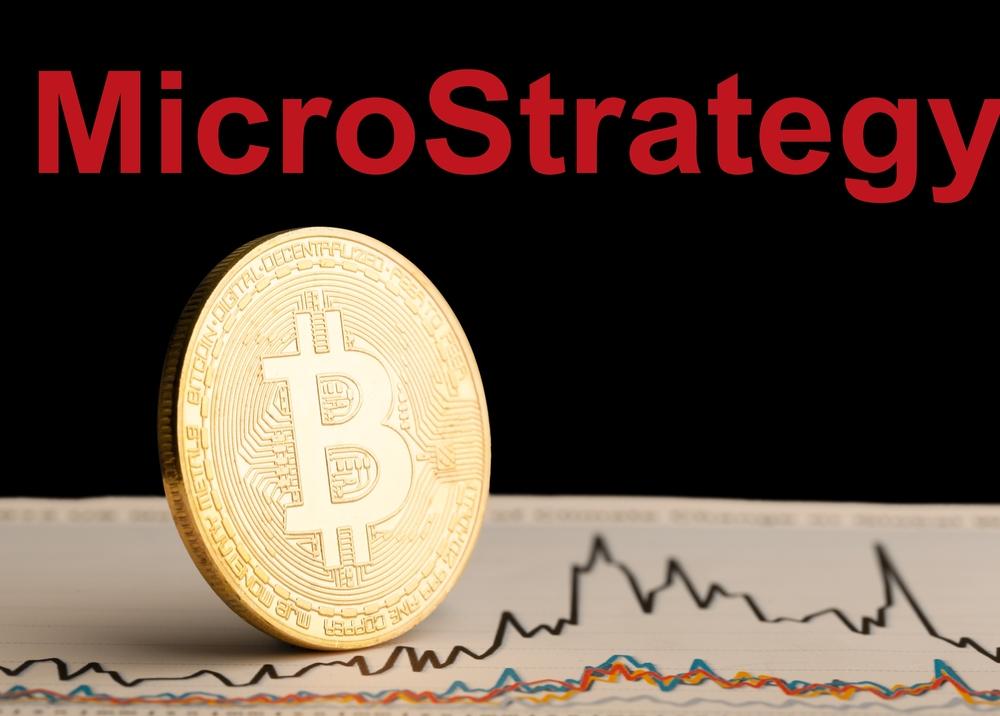


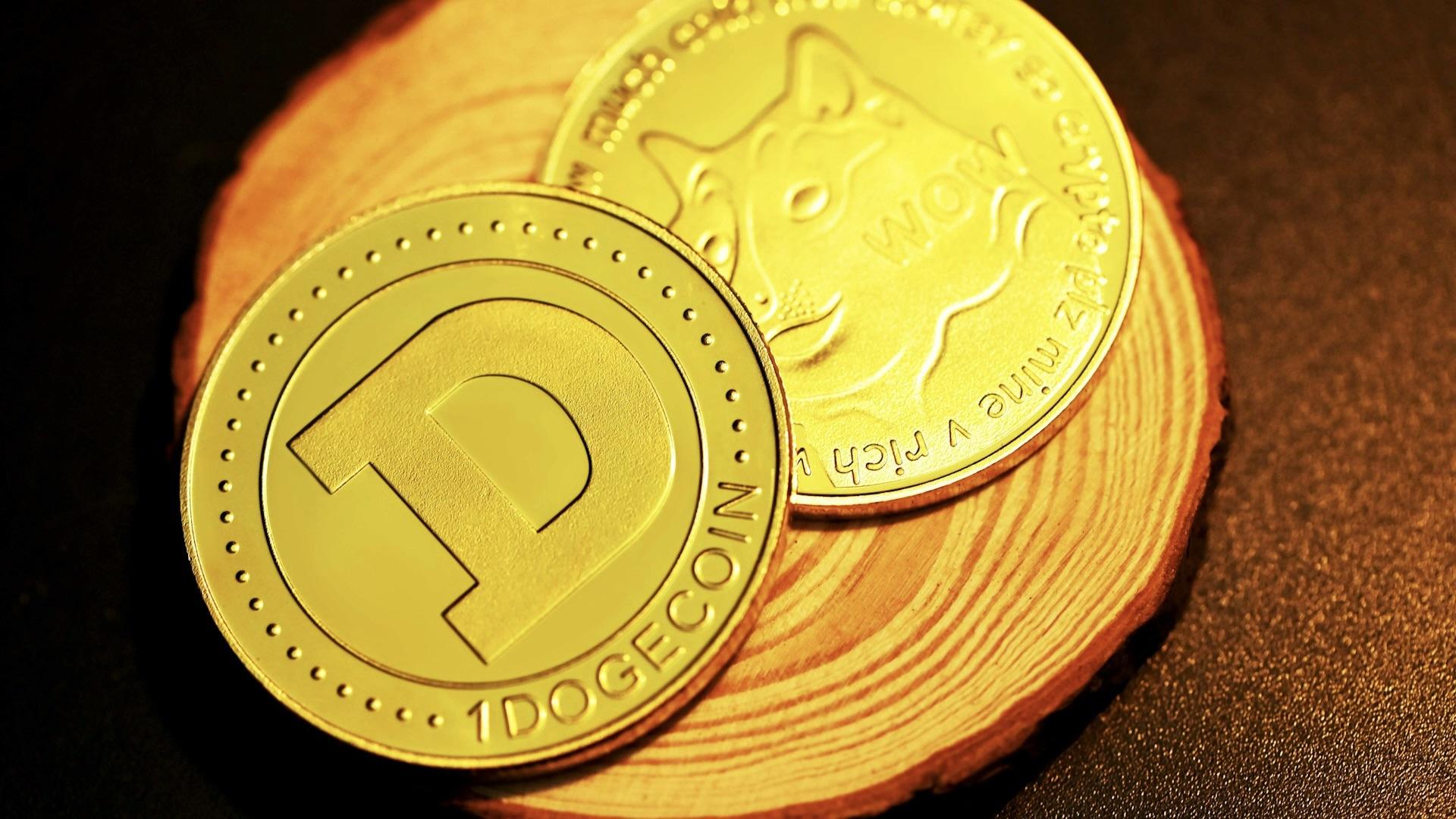


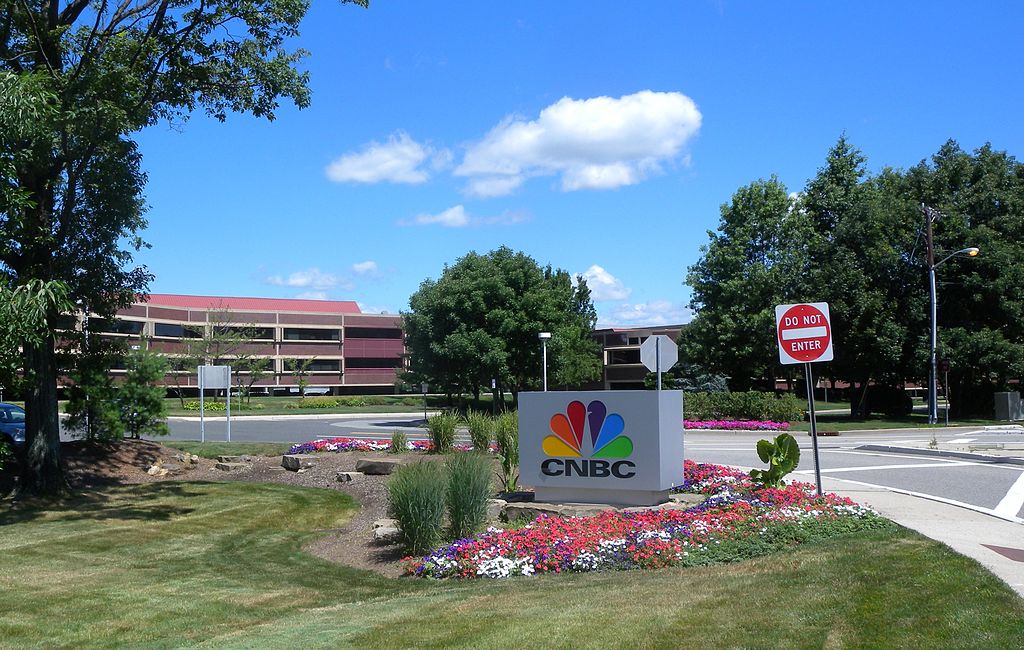

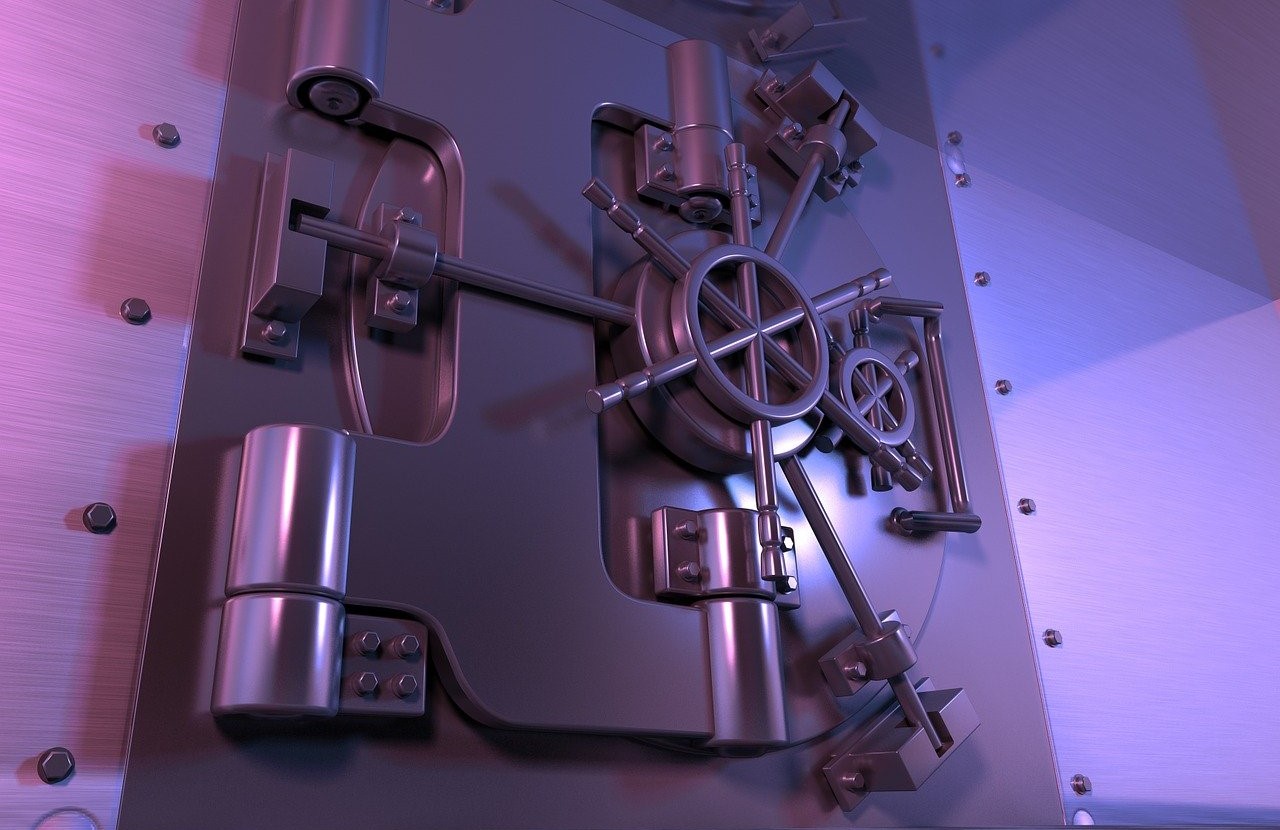





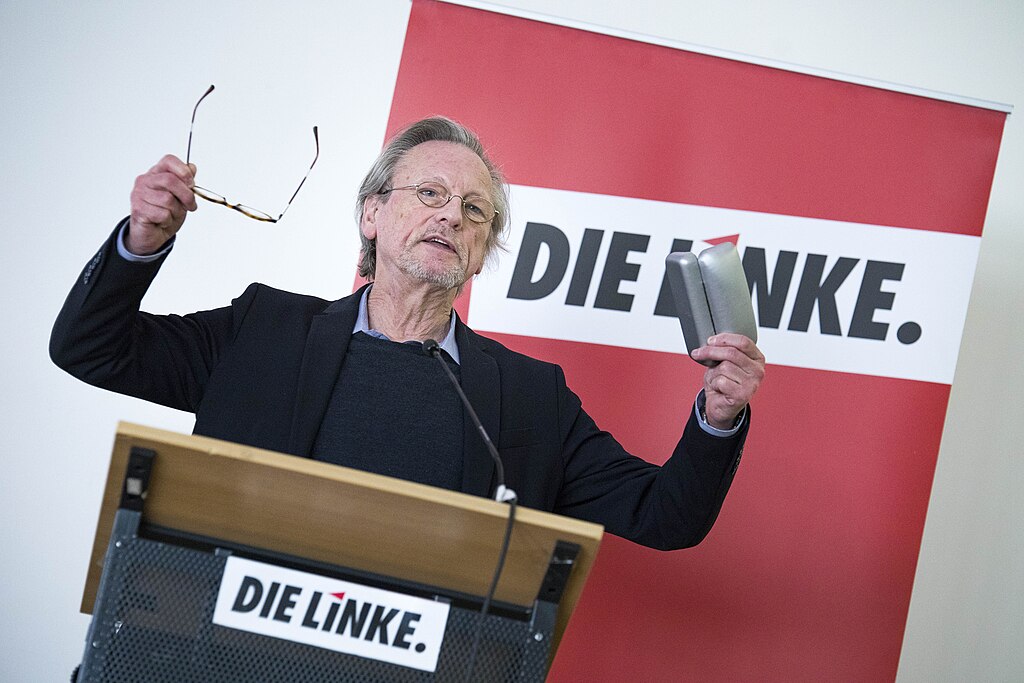






Comment 0